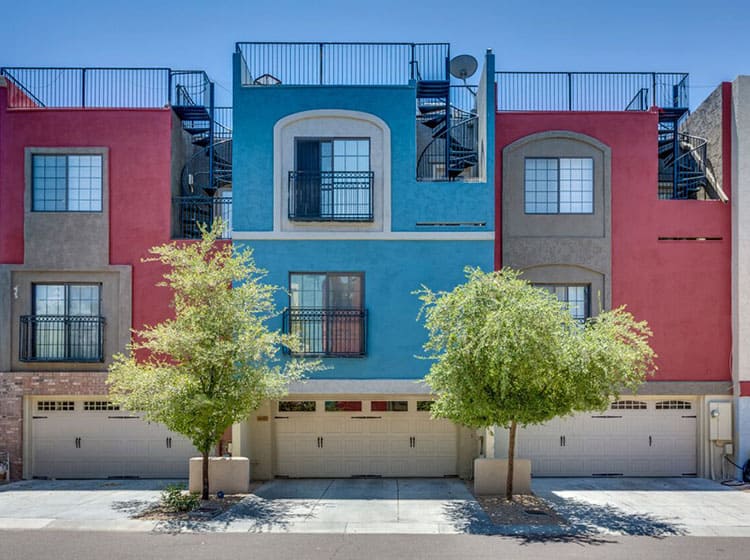Examine The Function Of Seasonal Consider The Success Of Industrial External Painting And Reveal The Most Effective Times To Safeguard Long Lasting Outcomes For Your Job
Examine The Function Of Seasonal Consider The Success Of Industrial External Painting And Reveal The Most Effective Times To Safeguard Long Lasting Outcomes For Your Job
Blog Article
Composed By-McLamb Whalen
When you're preparing an industrial external paint project, seasonal variables can make or damage your outcomes. You'll want to take into consideration exactly how temperature and moisture effect paint application and drying out times. Selecting the ideal season can ensure your paint adheres correctly and lasts much longer. But which periods are absolutely the most effective for this type of work? Allow's explore the crucial elements that can influence your task's success.
The Effect of Temperature on Paint Application
When you're intending an industrial exterior paint task, the temperature can dramatically influence exactly how well the paint adheres and dries.
Preferably, you intend to paint when temperatures vary in between 50 ° F and 85 ° F. If it's also cold, the paint might not heal properly, leading to concerns like peeling off or splitting.
On the other side, if it's too warm, the paint can dry too swiftly, preventing proper attachment and causing an unequal finish.
You ought to also take into consideration the time of day; morning or late afternoon offers cooler temperature levels, which can be extra positive.
Constantly check the manufacturer's referrals for the certain paint you're using, as they commonly give support on the excellent temperature array for optimal outcomes.
Moisture and Its Effect on Drying Times
Temperature isn't the only environmental element that influences your business outside painting project; humidity plays a substantial function too. High moisture levels can reduce drying out times considerably, influencing the general top quality of your paint work.
When the air is saturated with dampness, the paint takes longer to heal, which can cause issues like bad adhesion and a greater risk of mold growth. If you're repainting on a particularly damp day, be prepared for extensive wait times between coats.
It's essential to keep an eye on local weather and plan accordingly. Ideally, aim for humidity levels between 40% and 70% for ideal drying out.
Keeping these consider mind guarantees your project remains on track and provides a long-term surface.
Best Seasons for Commercial Outside Paint Projects
What's the very best season for your commercial external painting projects?
simply click the following internet site and very early autumn are usually your best options. During these seasons, temperature levels are light, and moisture degrees are often lower, developing ideal conditions for paint application and drying out.
Avoid summer's intense heat, which can trigger paint to dry too quickly, leading to bad adhesion and coating. Likewise, wintertime's cool temperature levels can prevent correct drying and healing, risking the long life of your paint job.
Go for days with temperatures between 50 ° F and 85 ° F for optimum outcomes. Bear in mind to check the local weather forecast for rain, as damp conditions can wreck your job.
Preparation around these factors guarantees your painting job runs smoothly and lasts longer.
Conclusion
Finally, intending your business external painting projects around seasonal considerations can make a considerable difference in the result. By organizing work during the optimal temperature levels and humidity degrees, you'll guarantee better adhesion and drying out times. Remember to keep an eye on local weather report and choose the correct time of year-- springtime and very early fall are your best bets. Taking these steps will certainly aid you achieve a long lasting and specialist coating that lasts.
